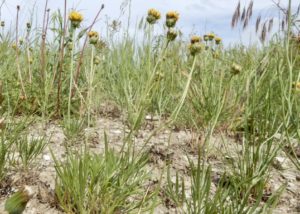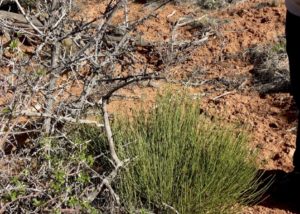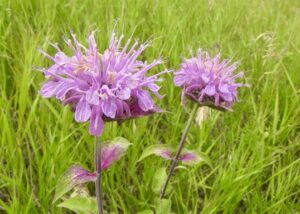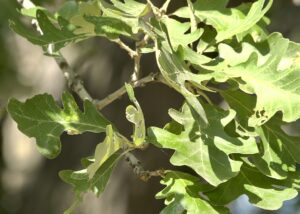Habitat
Mountain, RiparianPlant Uses
diarrhea, eye wash, pemmican, sore throat, tea, vitamin C and flavonoidsVideo Presenter
John Mionczynski and Melanie Smokey (Western Shoshone/Washoe)Wild Rose
a.k.a. woods rose
There are several species of wild roses, but woods rose is the most common and widespread. All of the species are used in the same way.
The rose flower is a symbol representing the Shoshone tribe in the Rockies and is traditionally depicted in beadwork and painted designs. Rose petal tea, therefore, has special significance to them. It is a comforting tea said to be relaxing but also has medicinal properties. Most tribes used this tea to treat diarrhea although the petals could be thrown into cooking for the same purpose. The tea was also used as a soothing eyewash for sore, red eyes. The berries called rosehips were collected after freezing in the fall and dried for winter use as a subtle tasting tea for sore throat, and general good health as was the inner bark tea.
The Crow cut up the rosehips and mixed them into pemmican to make something like a meat-filled granola bar.
The hips vary greatly in size and flavor depending on species and location, so people will have their favorite collecting areas. Some hips are large and sweet, and some have virtually no flavor at all. Usually the hips are split open and the numerous seeds removed before using as food or for tea.
Rosehips are famously high in ascorbic acid (vitamin C) and bioflavonoids, essential nutrients for good health.
In this second video, John Mionczynski shows rose hips in the field. Used as both a vitamin rich supplement and medicinally, indigenous people also used a tea made from the bark as a treatment for snow blindness. The wood was also highly prized for making arrow shafts.






